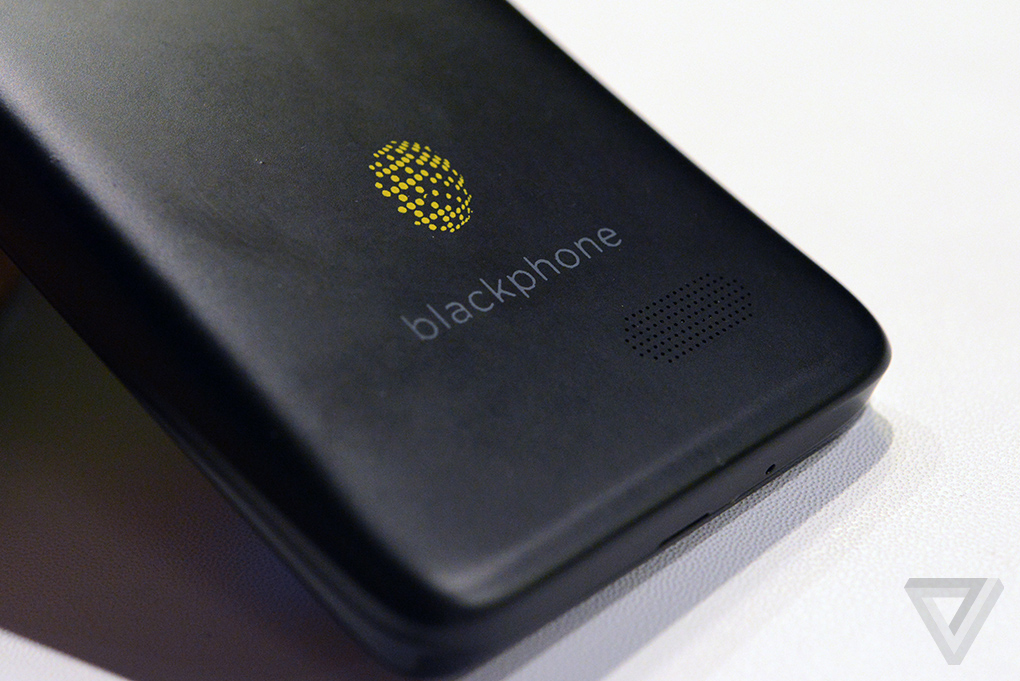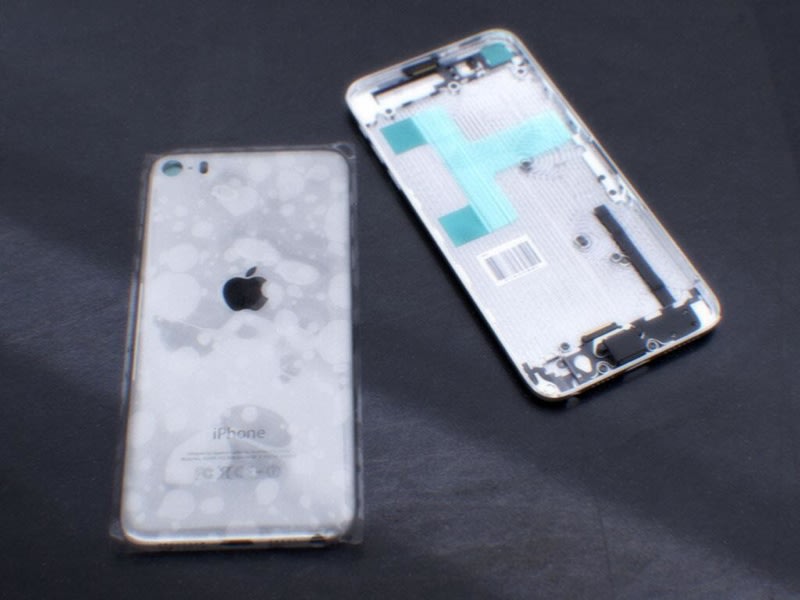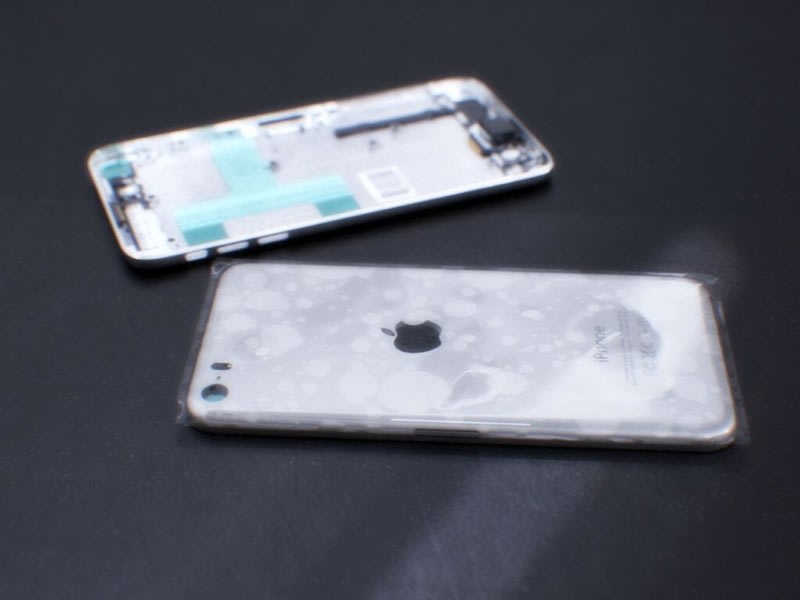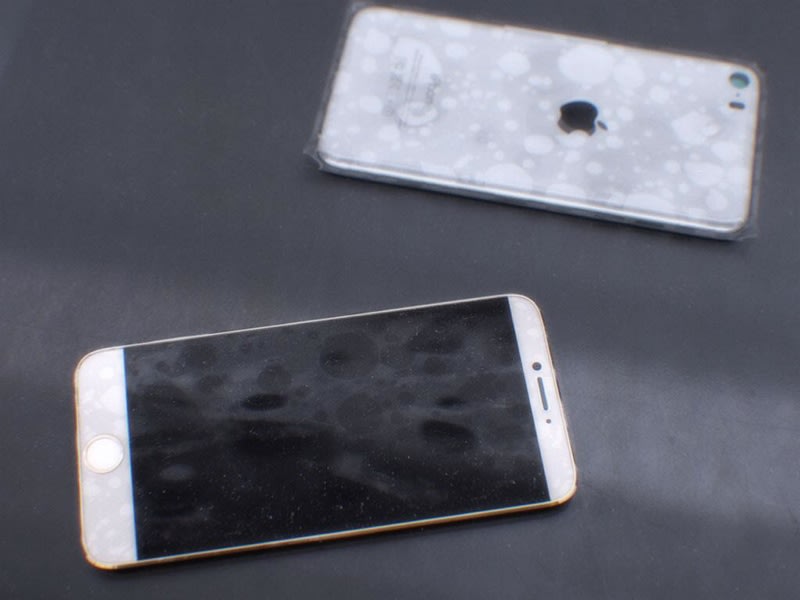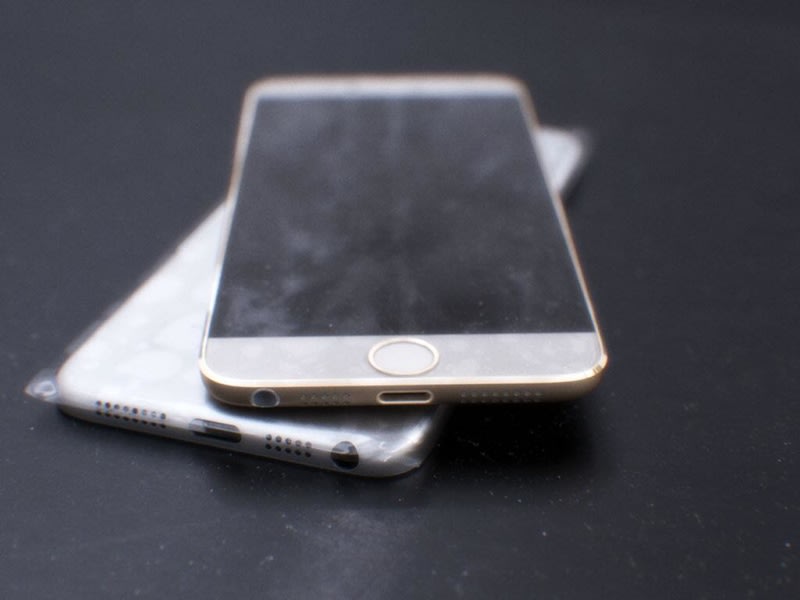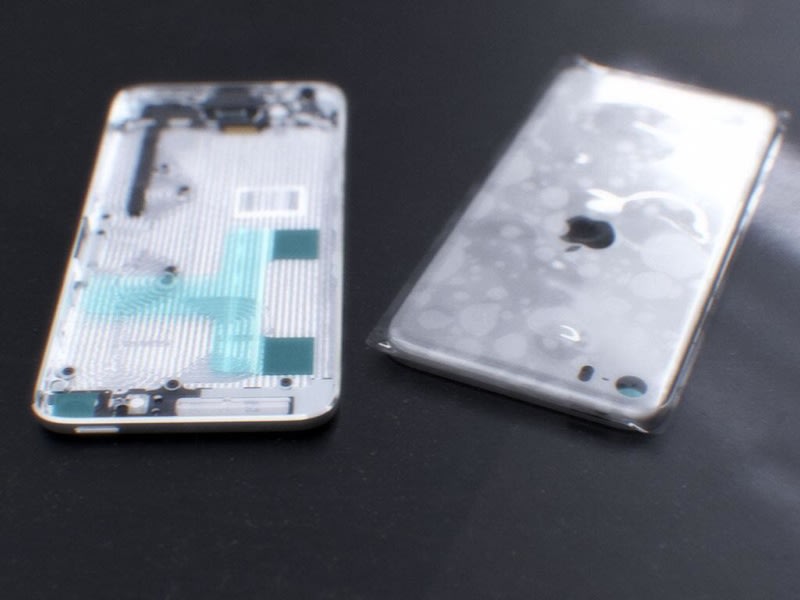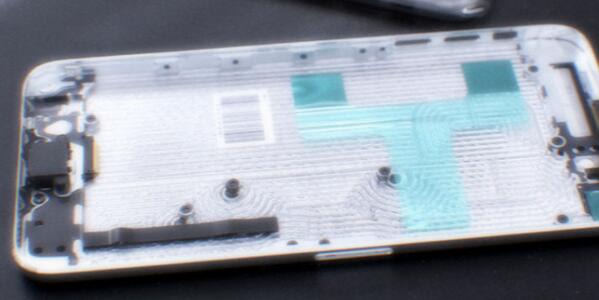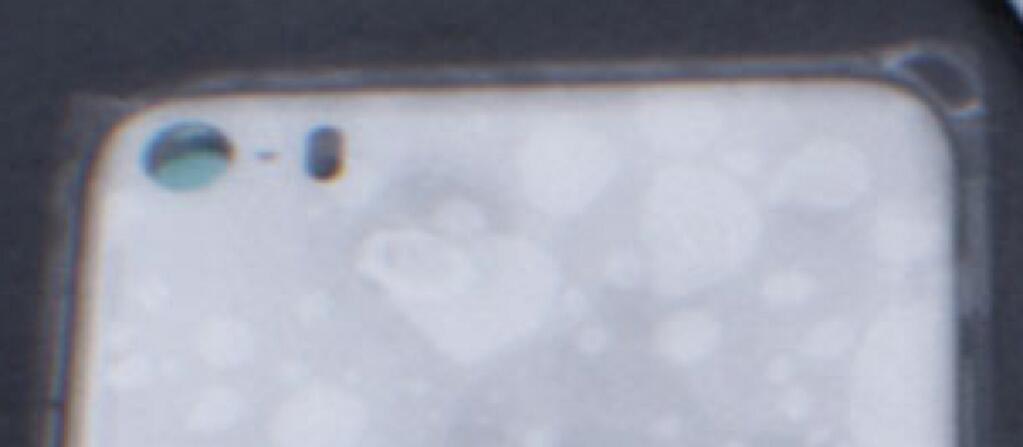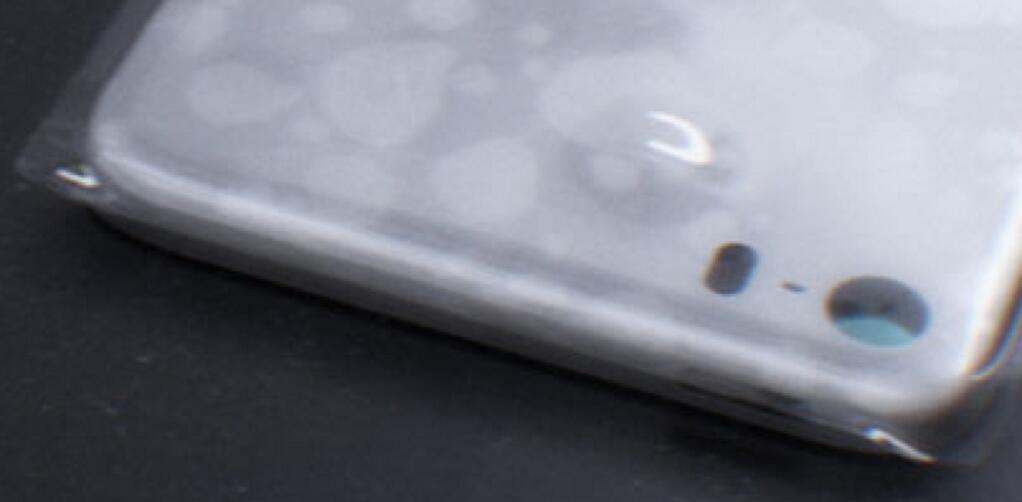Barely noticed by most consumers, Apple’s (
AAPL)
latest software upgrade for iPhones, iOS 7, included a capability for
malls, museums or stadiums to identify visitors and track their
movements indoors with a startling degree of accuracy.
Known as
iBeacons, the feature allows a store to pop up, say, a coupon offer for
Coca Cola on a customer’s phone just as they pass by the soda aisle. It
also allows the store to track and record a customer’s movements for
later analysis.
The rapid
growth of smartphone use has opened a huge new opportunity for marketers
to collect detailed location data on consumers, so far mostly outdoors.
But the sensitivity of the information has already sparked numerous
controversies, including in 2011 when iPhone users discovered their
phones were keeping a list of their movements in an unencrypted text
file.
And Nordstrom (
JWN)
created a stir when it was caught last year secretly tracking shoppers’
mobile phones via Wifi in 17 stores. The department store chain quickly
ended the practice, which did not include identifying the phones'
owners, after the controversy erupted.
With
iBeacons, unlike some more-surreptitious retail location tracking
systems that have come to light, however, iPhone users have to give
their consent to be tracked by installing an app. So far, just Apple’s
own Apple Store app on the iPhone, and coupon and rewards apps from a
company called inMarket have disclosed they will use iBeacons for
tracking customers.
The scope of risks
But
some privacy advocates are concerned the simple explanations offered by
the apps when they seek a consumer’s consent don’t come close to
revealing just how much data could be collected or how it will be used.
“The
scope and the risks and the sharing that takes place now is so far
beyond the disclosures consumers typically see,” warns Fordham
University law professor Joel Reidenberg. "They’re not in a position to
really know.”
Regulators
have mostly taken a piecemeal approach so far. One industry-led effort
hopes to create a "Do Not Track" list modeled on the successful "Do Not
Call" list for telemarketing.
Apple
did not respond to a request for comment. Customers can turn access to
iBeacons on and off for any app via a location services settings screen
on the iPhone, Apple says on a Web page called
iOS: Understanding iBeacon.
“If
you allow third-party apps or websites to use your current location,
you agree to their terms, privacy policies, and practices,” Apple states
on the page. “You should review the terms, privacy policies, and
practices of the apps and websites to understand how they use your
location and other information.”
Of course, few consumers read the fine print in privacy policies and, as Facebook (
FB)
has aptly demonstrated, privacy policies can be changed frequently.
Further, the data is often sold to third parties whose privacy policies
are not made available to an app’s users. And storing extensive amounts
of data creates the risk that hackers will steal the information, as
happened during the Target (
TGT) breach.
“Without
knowing where the data is flowing and what is going to happen with it,
consumers can't make good decisions,” says Jennifer Urban, co-director
of the Samuelson Law, Technology & Public Policy Clinic at the
University of California, Berkeley Law School.
Buried in
inMarket’s privacy policy, for example, the company says third-party
marketers, advertisers, analytics firms and others may track consumers
via their software. And if consumers sign up for mailing lists or click
social media links, personally identifiable information could be shared.
The
company says protecting consumer privacy is important. "Our system
considers privacy by design, and requires users to opt-in by downloading
apps and opt-in to location services," inMarket said in a statement.
"This is a fundamentally different design than the systems that require
opt-out."
It also says it doesn't currently use analytics firms
for location tracking and only "occasionally" uses third party ad
networks. The company offered links to privacy policies of several ad
networks it uses, but an ordinary user of an inMarket app wouldn't know
which ad networks to check based on the general language of inMarket's
own privacy policy.
Unlike Apple’s shopping app, which only
registers iBeacons in physical Apple stores, inMarket’s more general
apps such as “CheckPoints” and “Free Grocery List Ease” work across many
retailers’ stores. The recent announcement of iBeacons service in 200 supermarkets relies on customers using inMarket apps.
The
iBeacons feature relies on the Bluetooth wireless adapter in each phone
and tiny, quarter-sized sensors that can be placed inside buildings. An
app on a phone picks up the sensor signals and contacts a retailer or
advertiser which can register the location information and offer a
coupon or other piece of information. By prompting customers to create
individual rewards accounts or link apps to their Facebook accounts,
retailers can tie data from a specific phone app to a specific person.
Because
every phone’s Bluetooth adapter has a unique serial-number-like
identifier, called a MAC Address, retailers and other trackers can also
tie movement data to a specific device.
To be sure, iBeacons
could also be used to provide new kinds of useful services that don’t
threaten consumer privacy, such as triggering phone-based guided audio
tours around a museum or tracking children’s toys so they don’t get
lost.
Some privacy advocates would like the government to step in
and regulate the collection and uses of location-tracking data. Others
see industry self-regulation as a better path.
A code of conduct
Under
an agreement prompted in part by New York Senator Charles Schumer, a
handful of the biggest location tracking analytics firms agreed in
October to a code of conduct to protect consumer privacy. The code
requires stores to post signs warning customers if surreptitious
tracking is going on.
Another part of the effort will be creating
the “Do Not Track” list. But retailers and other businesses will have to
agree to abide by the wishes of consumers who enter themselves on this
list.
“It’s critical for retailers to step up and lean in,” says
Jules Polonetsky, who helped craft the code. Polonetsky knows the issues
well. He was the chief privacy officer for AOL and DoubleClick and now
heads the advocacy group The Future of Privacy Forum in Washington, D.C.
Self-regulation
may be just the first step needed, says Anita Ramasastry, a law
professor at University of Washington, who thinks the industry-led
effort should be given a chance.
“I’m in wait-and-see mode,” she says. “Although I’m in Seattle and I’ve yet to see a sign posted in any stores.”

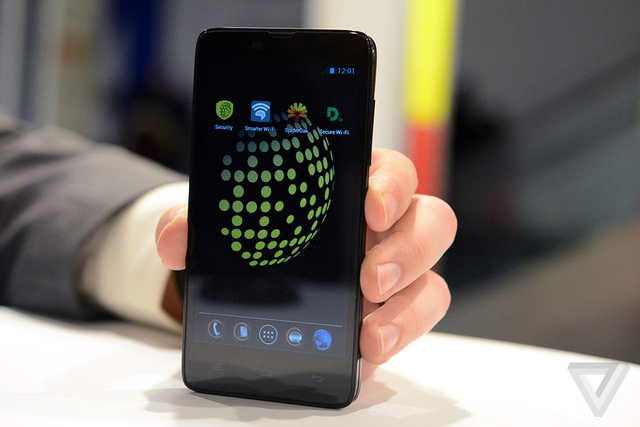

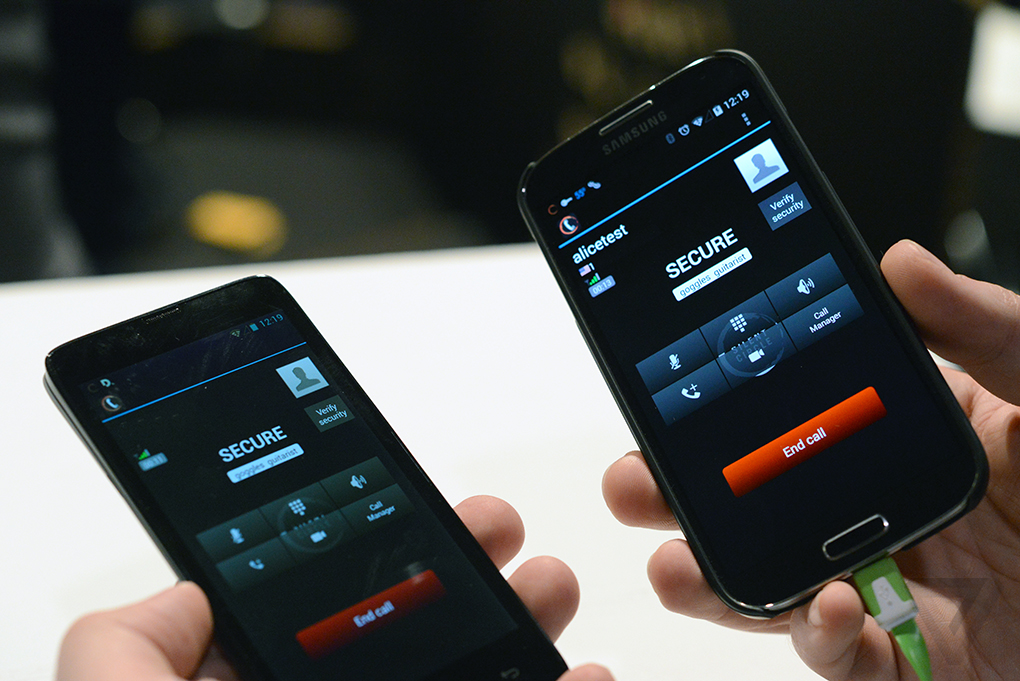 A Blackphone placing an encrypted call to a Samsung Galaxy smartphone.
A Blackphone placing an encrypted call to a Samsung Galaxy smartphone.
